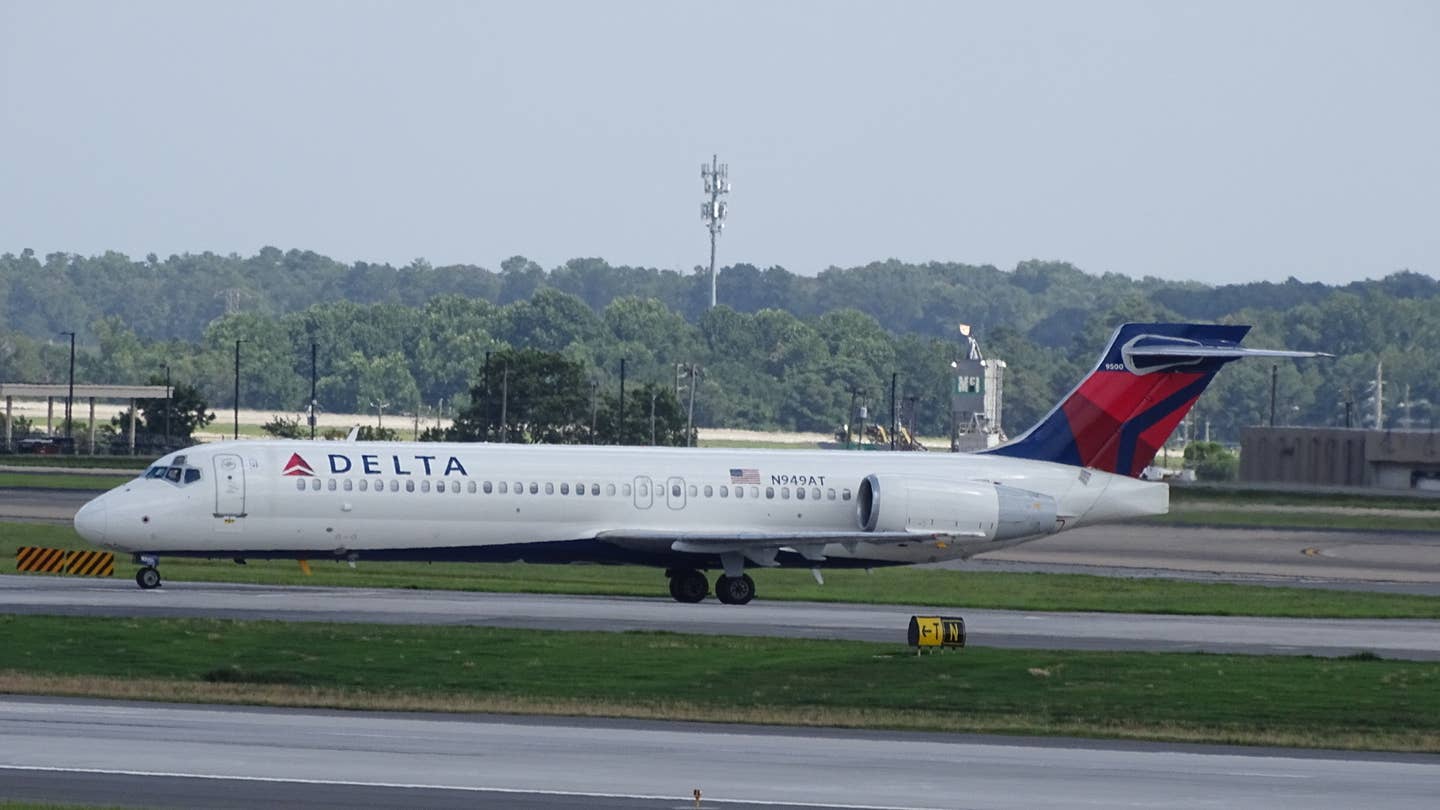FAA OKs More Airplane Models Under New 5G Environment
In total, 78 percent of the U.S. commercial fleet now cleared for low-visibility landings.

Airplane models with one of the 13 altimeters cleared by the FAA include Boeing 717s and more than a dozen others. [Photo: FLYING]
The FAA issued new approvals Thursday that allow an estimated 78 percent of the U.S. commercial fleet to perform low-visibility landings at airports where wireless companies deployed 5G C-band.
This now includes some regional jets, the agency said.
It’s the latest development as the U.S. aviation industry and wireless giants AT&T (NYSE:T) and Verizon Communications (NYSE:VZ) work to deploy 5G cellphone service on newly available frequencies.
The FAA and the aviation industry have warned that signal interference could affect radio altimeter performance on some aircraft while landing during low-visibility weather conditions. Some altimeters have been cleared for use under the new environment.
New Approvals
The FAA said its new approvals Thursday covered airplane models with one of the 13 cleared altimeters including all Boeing 717, 737, 747, 757, 767, 777, 787, MD-10/-11; all Airbus A300, A310, A319, A320, A330, A340, A350 and A380 models; and some Embraer 170 and 190 regional jets.
Additional details and updates are available on the FAA’s dedicated 5G webpage.
The FAA said it is “working diligently to determine which remaining altimeters are reliable and accurate where 5G is deployed in the United States. We anticipate some altimeters will be too susceptible to 5G interference. To preserve safety, aircraft with those altimeters will be prohibited from performing low-visibility landings where 5G is deployed because the altimeter could provide inaccurate information.”
AT&T and Verizon had been scheduled to fully deploy 5G on the new frequencies Wednesday. But after the airline industry issued a last-minute appeal to the Biden administration on Tuesday, the wireless giants agreed to delay deployment around certain airports.
The FAA has said it still anticipated there “will be some impacts due to the limitations of some radio altimeters.” It is advising passengers to check with their airlines for the latest flight schedules.
Buffer zones have been established around 50 airports to reduce 5G signal strengths and allow aircraft to land safely in low-visibility conditions. Prior to these buffers, the FAA said, the signal strength was too strong in certain areas for low-visibility landings to safely occur.

Sign-up for newsletters & special offers!
Get the latest FLYING stories & special offers delivered directly to your inbox






